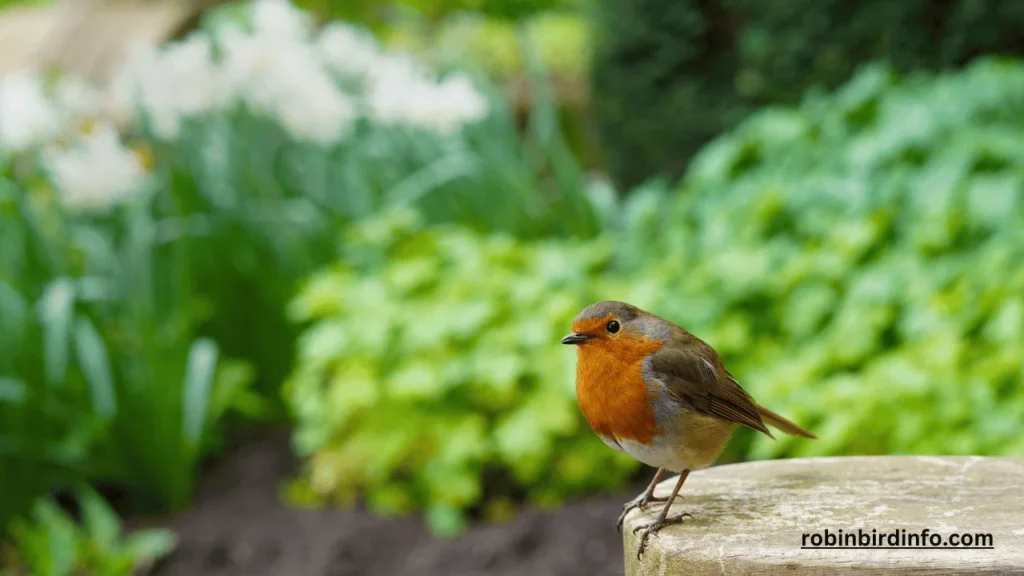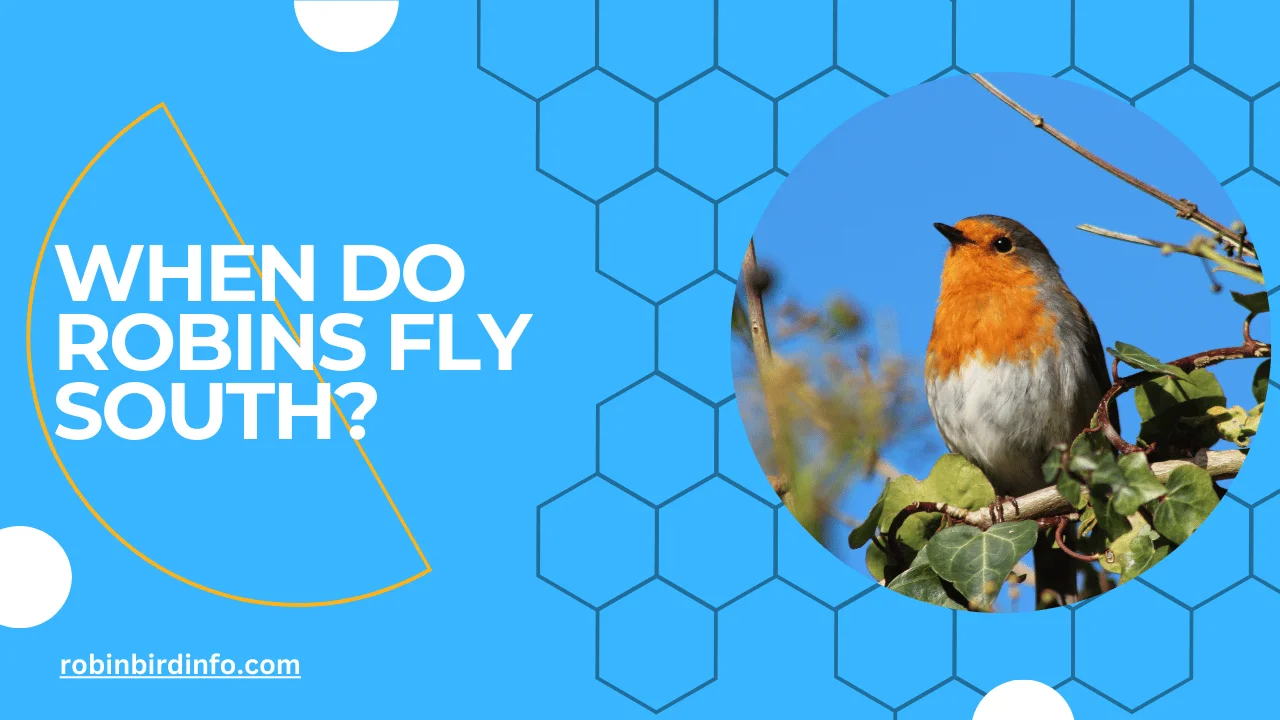Contents
Have you ever woken up to a territorial robin dive-bombing your car window?
It might seem comical, but this feisty behavior is a sign of something much bigger – the annual robin migration!
These seemingly cheerful birds transform into tiny, red feathered kamikaze pilots to defend their turf. But why the sudden shift? Understanding when and why robins fly south isn’t just about appreciating their fascinating lives – it’s a window into the delicate balance of nature and how even a backyard robin is part of a grand, seasonal journey.
Think about it: robins are a familiar sight, their cheerful songs a soundtrack to spring and summer. Then, seemingly overnight, they disappear. This vanishing act isn’t a magic trick – it’s a strategic survival tactic.
By understanding the reasons behind robin migration, we can not only predict their return (and avoid any more surprise car window attacks!), but also gain a deeper appreciation for the complex world hidden within our own backyards.
So, grab a cup of tea, settle in, and let’s unlock the secrets of the robin’s seasonal flight south!
The Timing of Robin Migration
Seasonal Triggers: The primary trigger for Robin migration is the decreasing daylight hours and declining temperatures in autumn. These environmental cues signal to the birds that winter is approaching and it’s time to move south.
Regional Variations: The timing of Robin migration varies across different regions of North America. Robins in northern regions typically migrate earlier than those in southern regions.
Individual Variation: Individual Robins may vary in their timing of migration, influenced by factors such as age, sex, and overall health. Some individuals may migrate earlier or later than others.
Migration Routes
Major Migration Routes: American Robins follow various migration routes, but many migrate south to the southern United States, Mexico, and Central America.
Stopover Sites: During their migration, Robins rely on stopover sites to rest, refuel, and build up fat reserves. These sites provide essential food and water resources.
Factors Influencing Migration Routes: Factors such as weather patterns, food availability, and the presence of predators can influence the specific routes taken by individual Robins.
The Challenges of Migration
Weather Conditions: Adverse weather conditions, such as storms, fog, and extreme temperatures, can pose significant challenges to migrating Robins.
Predation: During migration, Robins are vulnerable to predation from various predators, including hawks and owls.
Energy Demands: Long-distance migration requires a significant amount of energy. Robins must store enough fat to fuel their journey and survive periods of food scarcity.
The Physiology of Migration
Fat Storage: Before migration, Robins accumulate fat reserves to provide energy for their journey. This fat is stored in various parts of their body, including the liver and muscles.
Muscle Power: Strong flight muscles are essential for long-distance migration. Robins have well-developed flight muscles that allow them to flap their wings continuously for extended periods.
Navigation: Robins use a combination of navigational cues, including the sun, stars, and Earth’s magnetic field, to orient themselves during migration.
Conservation Implications

Habitat Loss and Fragmentation: Habitat loss and fragmentation can impact Robin migration by reducing the availability of suitable stopover sites and breeding grounds.
Climate Change: Climate change can alter migration patterns and disrupt the timing of breeding seasons, affecting Robin populations.
Conservation Strategies: To protect Robin populations during migration, it is important to conserve their habitats, reduce pesticide use, and create bird-friendly landscapes. Additionally, minimizing light pollution can help reduce the negative impacts of artificial light on migrating birds.
Conclusion
The annual migration of American Robins is a remarkable feat of endurance and navigation.
By understanding the factors that influence their migration, we can appreciate the challenges they face and take steps to protect them. By conserving their habitats and reducing human-caused threats, we can ensure that these beautiful birds continue to grace our skies for generations to come.
FAQ’s
When do Robins typically migrate south?
The timing of Robin migration varies depending on geographic location and weather conditions. In general, Robins begin migrating south in the fall, typically in September and October.
How far do Robins migrate?
The distance that Robins migrate varies depending on their starting location. Robins in northern regions may migrate hundreds of miles south, while those in southern regions may migrate shorter distances or not migrate at all.
Where do Robins migrate to?
Robins typically migrate to the southern United States, Mexico, and Central America. They seek out areas with milder climates and abundant food sources.
How do Robins find their way during migration?
Robins use a combination of navigational cues, including the position of the sun, stars, and Earth’s magnetic field, to find their way during migration.
What challenges do Robins face during migration?
Robins face various challenges during migration, including adverse weather conditions, predation, and energy limitations. They must also find suitable stopover sites for rest and refueling.
How fast do Robins fly during migration?
Robins can fly at speeds of 20-30 miles per hour during migration. However, their actual speed can vary depending on factors such as wind conditions and the bird’s individual energy levels.








